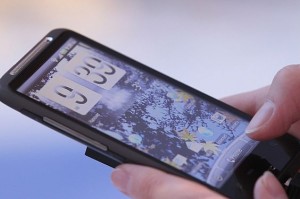According to latest reports, Android users today are exposed to malware attack 2.5 times more than they were six months back. The report also suggested that the risk of opening a spam or virus link has increased by 30% now. The report was released by Lookout, the firm that handles mobile security. The reports have only been made regarding Android users and there has been no news regarding Apple devices. However, since the filtering process adopted by Apple in accepting apps is very stringent, the risk of malware entering the system in lower.
The firm reported that the availability of internet connectivity has made it possible for users to perform all the functions that required a PC such as browsing the net or checking emails. This has increased the risk of possible malware infestation. Although malware that is meant for PC is more likely to strike Android users now than before, risks such as phishing can attack any phone without discrimination.  Malware links through websites are usually aimed at particular operating systems and hence the increased risk.
Malware links through websites are usually aimed at particular operating systems and hence the increased risk.
In the first half of this year alone, more than 500,000 Android users were affected by malicious links. While eighty cases of infected apps were reported in January, the figure rose drastically to four hundred by June. The data has been collected from more than ten million devices that run on android and 700,000 iPhone and Android apps. The study was undertaken for worldwide users. Lookout, the mobile security service is providing free security software to users who use Android based phones. The service has not yet been extended to Apple devices. This is because security in Android phones is grossly lower than Apple due to its open source strategy.
GGTracker and DroidDream are the two most popular and largely prevalent malwares that attack Android phones. The team that created DroidDreams has floated over eighty mobile apps that are inflicted with malware. The malware has been designed to dominate and control the device, often transferring stored data. Most of the apps inflicted with malware mimic authentic apps and it is not until the app is installed that users understand the danger.
DroidDream was meant to inflict the device with a Trojan. The risk first came to light in March and made a second appearance in July. Google undertook a massive cleansing drive to clean the apps that were malware infected. GGTracker was meant to rob money from users by signing up for various message subscriptions. The safety precaution is to use apps only from legitimate and reliable sources.